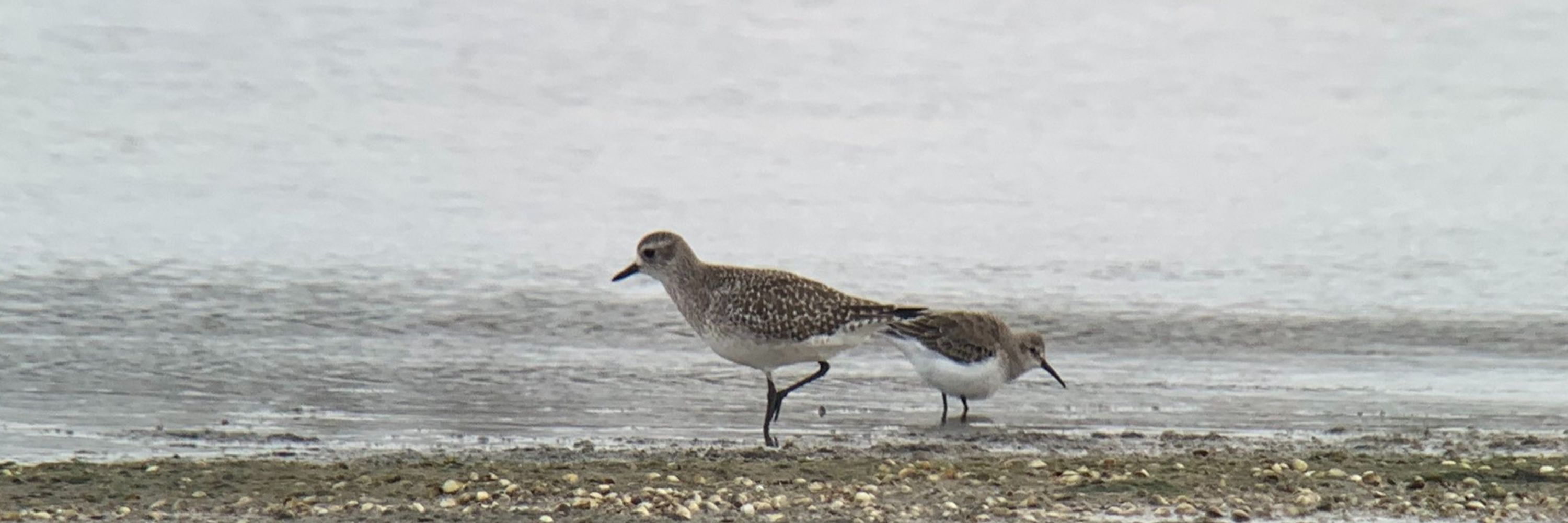
Researching the role of aquatic birds as plastic and associated contaminants dispersers
Biologist by UGR
11130

PD: nada resume el esfuerzo como @pacohortas.bsky.social y colaboradores con la gambilusa 10/10

PD: nada resume el esfuerzo como @pacohortas.bsky.social y colaboradores con la gambilusa 10/10


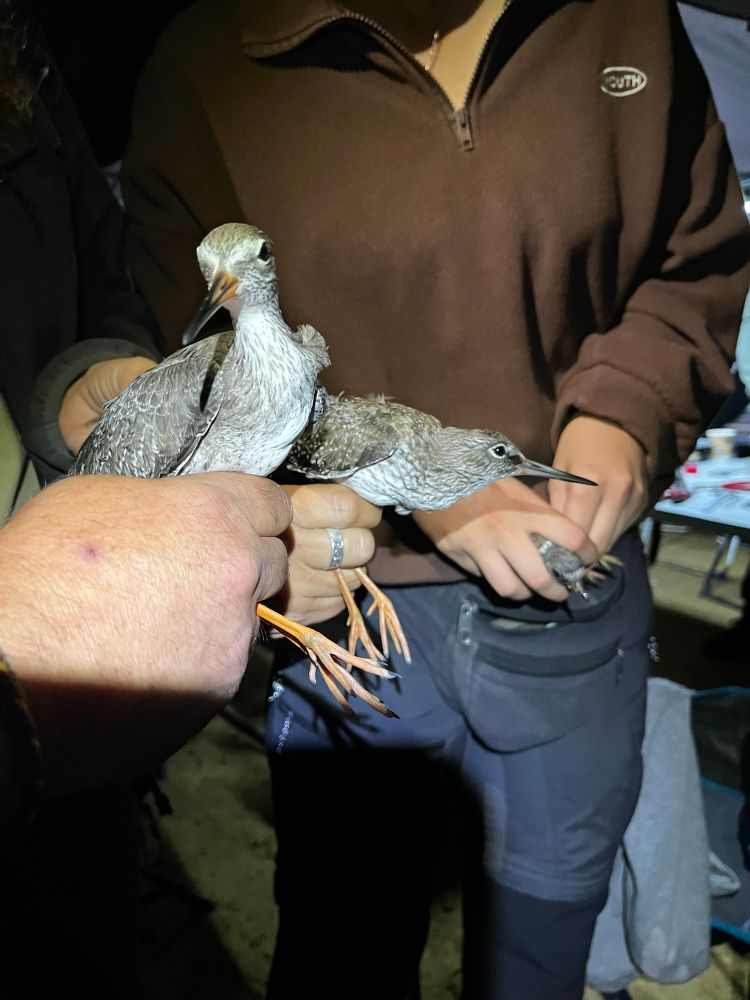


Temporal ⌛ variation is linked to differences in migratory behavior.
All this complicates the implementation of effective management strategies.
6/8


Temporal ⌛ variation is linked to differences in migratory behavior.
All this complicates the implementation of effective management strategies.
6/8
In total, the 3 spp. reached 531kg. of plastic in 2022.
Notably, we also found spatiotemporal variation in plastic transport
5/8

In total, the 3 spp. reached 531kg. of plastic in 2022.
Notably, we also found spatiotemporal variation in plastic transport
5/8
We found that storks transported more ⬆️ plastic mass per cápita by pellets to the wetlands probably due to their bigger size.
4/8



We found that storks transported more ⬆️ plastic mass per cápita by pellets to the wetlands probably due to their bigger size.
4/8
However, these open-air landfills also contain pollutants ☠️, including plastics. These contaminats do affect the birds, but their impact might be even worse...
2/8

However, these open-air landfills also contain pollutants ☠️, including plastics. These contaminats do affect the birds, but their impact might be even worse...
2/8
@ebdonana.bsky.social @drandygreen.bsky.social @sanchezmarta.bsky.social
Further details can be found in the full study
#Guanoplastic
1/8
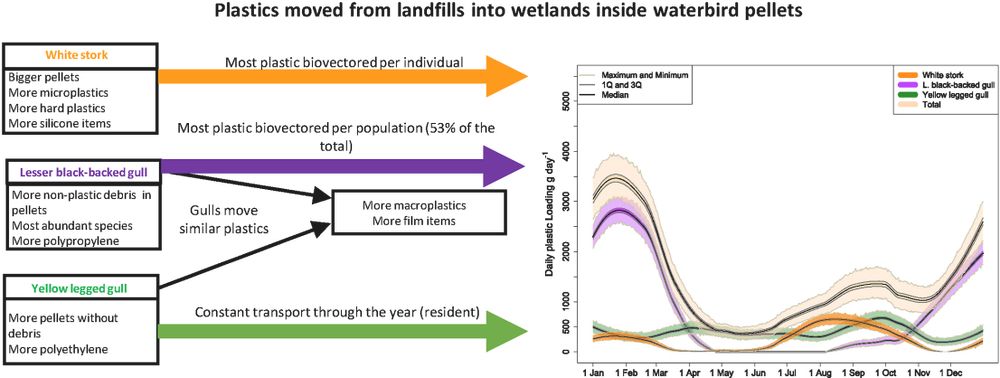
@ebdonana.bsky.social @drandygreen.bsky.social @sanchezmarta.bsky.social
Further details can be found in the full study
#Guanoplastic
1/8











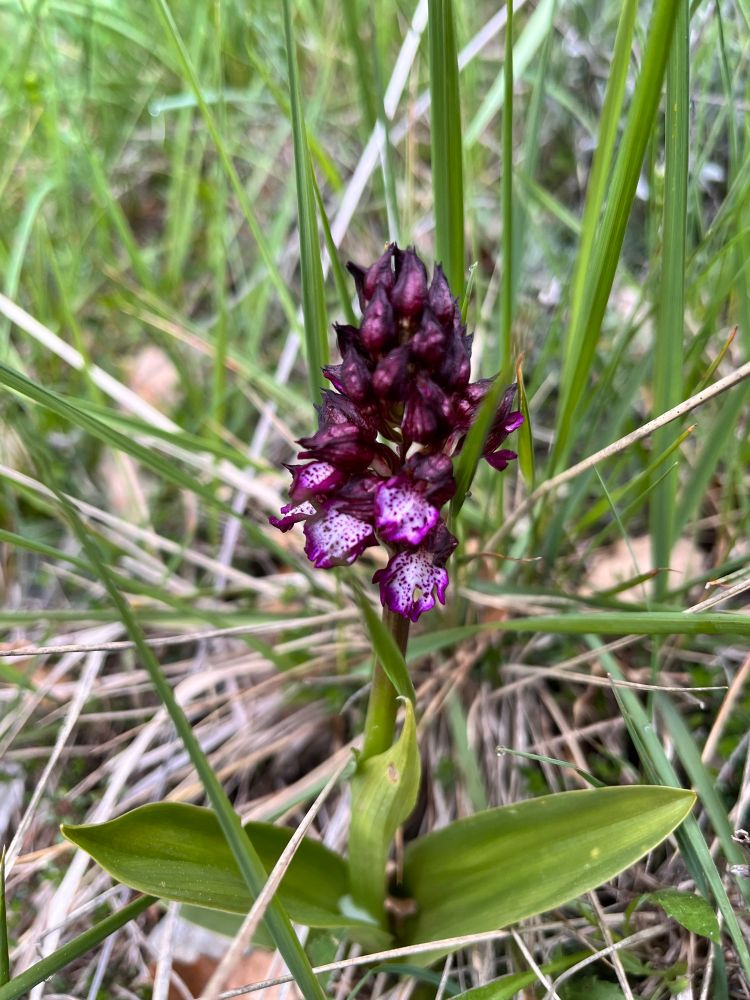

Aún recuerdo el tono de ese cielo…




Aún recuerdo el tono de ese cielo…
LF deposited more plastics due to their bigger populations.
This plastic biovectored followed the migratory pattern of the 3spp. As they use different regions of Cadiz Bay, mostly all the area suffer this transport.

LF deposited more plastics due to their bigger populations.
This plastic biovectored followed the migratory pattern of the 3spp. As they use different regions of Cadiz Bay, mostly all the area suffer this transport.
🥇We conclude that storks are more important vector per cápita than gulls.
But what if we include also populations??? Let’s see model results:

🥇We conclude that storks are more important vector per cápita than gulls.
But what if we include also populations??? Let’s see model results:
We simulated it 10000 times to have ⬇️⬆️ ranges.
We then had a value of plastic transported for each day.

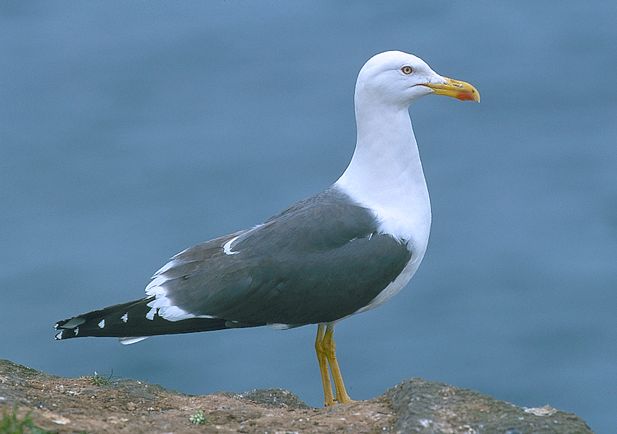

We simulated it 10000 times to have ⬇️⬆️ ranges.
We then had a value of plastic transported for each day.
We censed birds in close dumps in 2022 and estimated with LOESS the number of individuals that roosted in the Cadiz Bay each day in 2022

We censed birds in close dumps in 2022 and estimated with LOESS the number of individuals that roosted in the Cadiz Bay each day in 2022
We sampled pellets from Cadiz Bay and separated their plastic content over 0.5mm. We took their ⚖️ and N particles.
😱 We also took some photos as this one:


We sampled pellets from Cadiz Bay and separated their plastic content over 0.5mm. We took their ⚖️ and N particles.
😱 We also took some photos as this one:
Birds foraging in landfills eats #plastics that egest in natural areas by pellets in a process known as biovectoring
We’re at the #BOU2025 presenting how we compare and quantify the biovector role of some aquatic species towards a natural area


Con cielos azules andando voy, a un lugar así soñaba con ir

Con cielos azules andando voy, a un lugar así soñaba con ir









